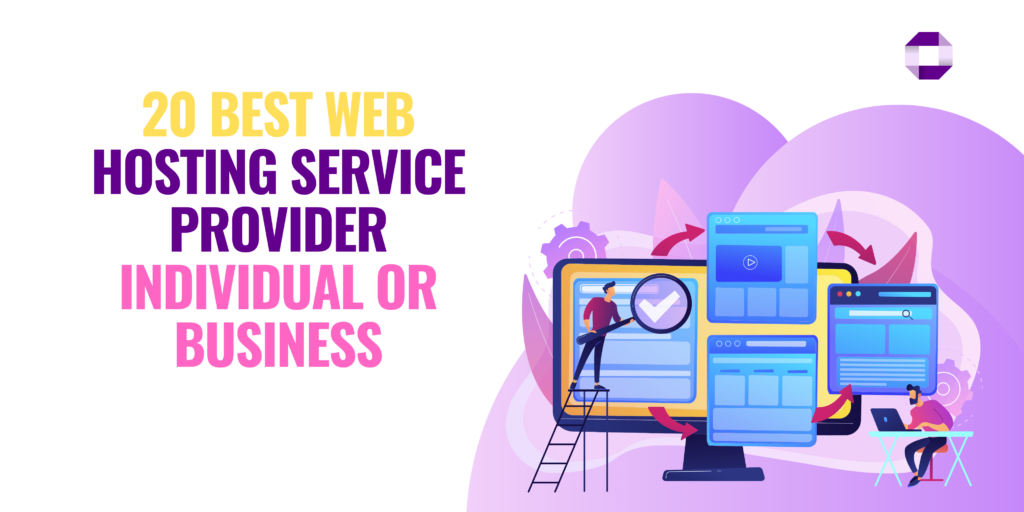In today’s fast-paced digital world, online learning has become more prevalent than ever. Choosing the right Learning Management System (LMS) can make or break your educational experience. Whether you’re an educator, corporate trainer, or a student, the right LMS can streamline the learning process, enhance engagement, and facilitate better assessment. In this blog post, we’ll explore the 10 best Learning Management Systems of 2023, providing you with a complete review of each.
Why Use a Learning Management System?
Before we dive into the reviews, let’s look at why you should consider using an LMS.
- Flexibility: Online learning can occur anytime and anywhere.
- Centralized Learning: All materials and resources are in one place.
- Tracking and Reporting: Comprehensive analytics help track learner progress.
- Interactive Learning: Engaging tools keep learners motivated.
- Customization: Tailor courses to meet specific needs.
Let’s get started with our list!
1. Moodle
Overview: Moodle is an open-source LMS that has garnered a large following in the educational sector.
Key Features:
- Highly customizable with numerous plugins.
- Mobile-friendly interface.
- Offers a wide variety of course formats and modes.
Pros: Free to use, extensive community support, and a large selection of themes.
Cons: Requires technical know-how for customization and maintenance.
Ideal For: Educational institutions and organizations with technical resources.
Check out Moodle here!
2. Canvas
Overview: Canvas by Instructure is a cloud-based LMS designed for higher education and K-12 institutions.
Key Features:
- User-friendly interface with drag-and-drop functionality.
- Robust integration capabilities with other tools.
- Mobile app availability for learners.
Pros: Intuitive design, excellent customer support, and a rich set of features.
Cons: Pricing can be higher for smaller institutions.
Ideal For: Colleges, universities, and corporate training programs.
Discover Canvas here!
3. Blackboard
Overview: Blackboard is another leading platform, widely used in universities and educational institutions.
Key Features:
- Comprehensive course management.
- Collaborative tools such as discussion forums and group assignments.
- Extensive analytics for performance tracking.
Pros: Well-established reputation, great features for large institutions.
Cons: Can be complex to navigate for new users.
Ideal For: Higher education institutions looking for robust capabilities.
Explore Blackboard here!
4. TalentLMS
Overview: TalentLMS is a versatile LMS tailored for corporate training needs.
Key Features:
- Gamification features to enhance learner engagement.
- Supports blended learning approaches.
- Easy enrollment and tracking.
Pros: Affordable pricing, great customer support, and fast setup.
Cons: Limited customization options compared to open-source platforms.
Ideal For: Businesses and organizations seeking to train employees.
Learn more about TalentLMS here!
5. Teachable
Overview: Teachable is a fantastic platform for course creators and online educators.
Key Features:
- Easy course creation with multimedia options.
- Built-in marketing and affiliate tools.
- Student engagement features like quizzes and surveys.
Pros: Simple to use, integrated payment processing, and great for entrepreneurs.
Cons: Transaction fees for lower-tier plans.
Ideal For: Individual instructors and small educational businesses.
Start using Teachable today!
6. LearnDash
Overview: LearnDash is a WordPress LMS plugin that allows users to build courses directly on their WordPress sites.
Key Features:
- Advanced quizzing and assessment features.
- Drip-feed content feature for timed course release.
- Strong integration with popular plugins and tools.
Pros: Cost-effective for WordPress users, powerful customization options.
Cons: Requires a WordPress site; not as beginner-friendly as some competitors.
Ideal For: WordPress users and independent course creators.
Check out LearnDash here!
7. Adobe Captivate Prime
Overview: Adobe Captivate Prime is an LMS designed with corporate training in mind.
Key Features:
- Automatic assignment of courses to employees based on roles.
- Integration with other Adobe products.
- Seamless mobile learning experience.
Pros: Strong integration tools, excellent UX, and adaptable for various uses.
Cons: Can be expensive for smaller companies.
Ideal For: Corporate enterprises focused on streamlined training.
Explore Adobe Captivate Prime here!
8. SAP Litmos
Overview: SAP Litmos is a cloud-based LMS that focuses on corporate training.
Key Features:
- Engaging video learning and gamification options.
- Robust reporting and tracking capabilities.
- Mobile-friendly platform.
Pros: Scalable for large organizations, great customer support.
Cons: Lack of customization compared to other platforms.
Ideal For: Large businesses and multi-department organizations.
Start using SAP Litmos here!
9. Google Classroom
Overview: Google Classroom is a free LMS available to schools and educators using Google Workspace.
Key Features:
- Seamless integration with Google tools.
- Easy communication between students and educators.
- Assignments and grading features are built-in.
Pros: Free for educational institutions, easy to use, and familiar interface.
Cons: Limited advanced features compared to other LMS options.
Ideal For: K-12 schools and educators looking for a straightforward solution.
Try Google Classroom here!
10. Docebo
Overview: Docebo is a cloud-based LMS used mainly by corporations and large organizations.
Key Features:
- AI-powered learning.
- User-generated content integration.
- Comprehensive reporting and analytics.
Pros: Modern interface, strong community support, and extensive integrations.
Cons: Pricing can be a barrier for smaller businesses.
Ideal For: Corporate enterprises focused on employee training and development.
Learn more about Docebo here!
Conclusion
Choosing the right Learning Management System for your needs can significantly impact your learning experience. Each of these LMS options has its own strengths, making them suitable for different audiences, from educational institutions to corporate organizations. Take time to assess your requirements and evaluate which platform aligns best with your goals.
For more tips, reviews, and resources about online learning platforms, don’t forget to subscribe to our blog! If you decide to explore any of these LMS options, make sure to check out the links for special offers and more information.


